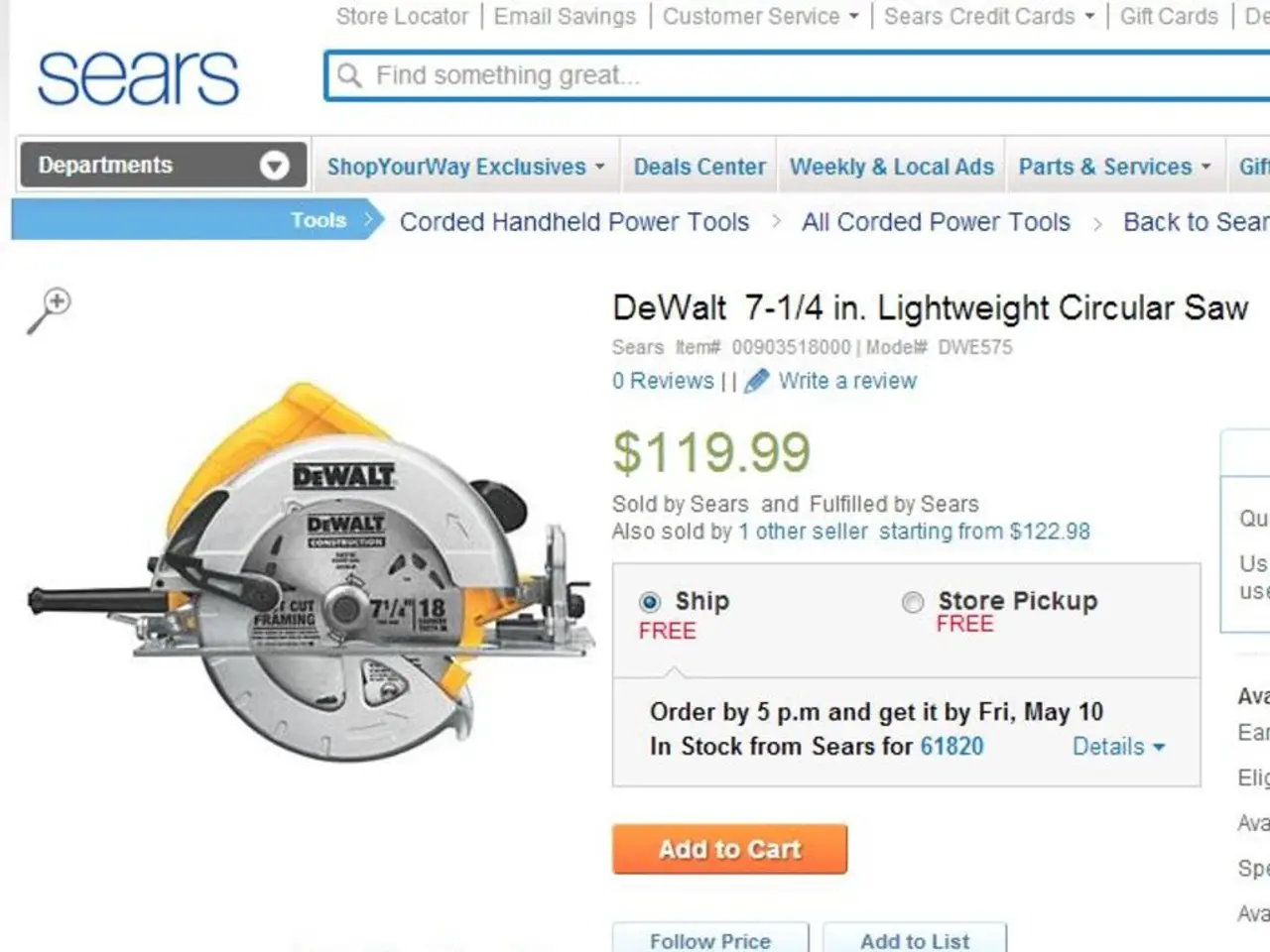Remedy for a Failed Link Connection
Retrieving Academic Materials Despite Broken Links
In the world of academic research and course content, encountering a broken link can be a frustrating experience. However, there are several strategies you can employ to retrieve the materials you need.
Exploring Alternative Sources
One approach is to use web archive services such as the Internet Archive's Wayback Machine. This service stores snapshots of web pages over time, allowing you to access archived versions of the original webpage or resource.
Another strategy is to search academic databases or repositories for the material using its title, author, or other metadata. This may lead you to alternative access points for the same content.
Leveraging Library Systems and Scholarly Search Engines
Checking your institution’s library systems or course resource management tools can also be beneficial. For instance, Leganto integrates library holdings and open educational resources, helping to locate materials within or beyond your library's collection.
Leveraging scholarly search engines like Google Scholar can also help. They can lead you to other versions of the material that may still be accessible.
Reaching Out to Instructors and Content Providers
If all else fails, don't hesitate to contact the course instructor or content provider. They may be able to provide updated links or alternative access to the material.
Utilising Browser Extensions
Installing a browser extension such as Unpaywall or Lazy Scholar can also help. These tools scan multiple repositories to find free versions of inaccessible articles.
Best Practices for Linking
Directly linking to the original website is a best practice for curating course content. Not only does it ensure students access the most up-to-date version of the material, but it also properly attributes the work to its creators and drives traffic to their sites.
Preserving Access to Valuable Resources
It's also prudent to download backup copies of any necessary articles. This can help ensure continuous access to valuable resources, especially in cases where websites change or URLs break.
Embedding Content vs Linking
When adding or organizing learning materials, choosing between embedding content (for media like videos) and linking (for articles or documents) can affect how learners access content. Embedding content directly into course platforms can help avoid broken links.
Updating Library Guides
If you encounter broken links in library guides, specific guides like the one noted for LibGuides offer instructions on updating or creating new deep links to replace broken ones.
By employing these strategies, you can significantly improve your ability to retrieve needed academic materials despite broken links.
- A teacher may encourage students to use web archive services like the Internet Archive's Wayback Machine to access archived versions of academic materials when links are broken.
- In an attempt to find alternative access points for materials, a student might search academic databases or repositories using title, author, or other metadata.
- Utilizing browser extensions such as Unpaywall or Lazy Scholar can help students find free versions of inaccessible articles when faced with broken links.
- To preserve access to valuable resources, a student can download backup copies of necessary articles when they encounter broken links on digital platforms, such as school websites or learning management systems.




